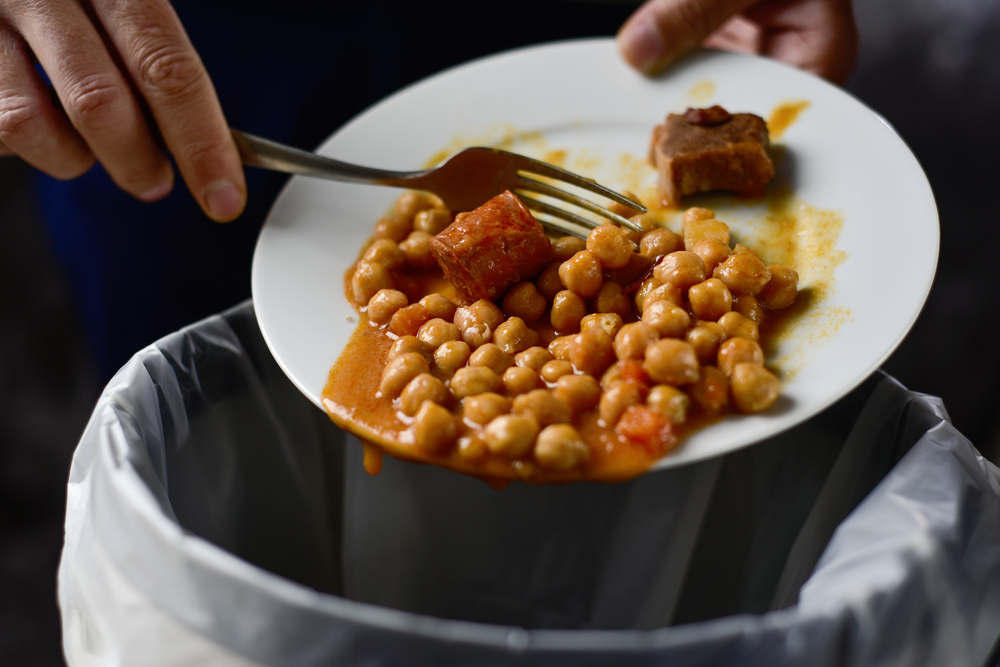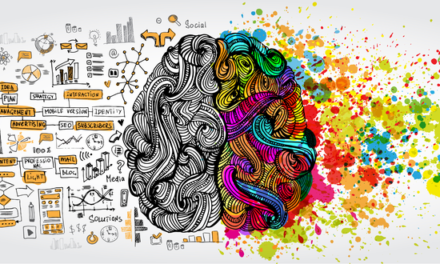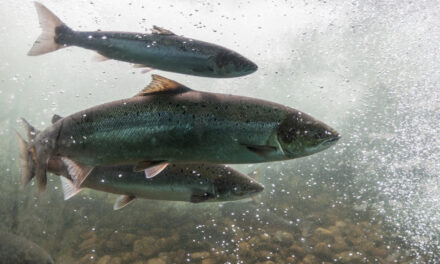
When it comes to getting food on your table, there’s two primary stages. The upstream and the downstream phase. This article is going to talk about the differences between each.
Because we’re also interested in protecting the environment and sustainability here at Mind and Body Foods, we’ll also be talking about food waste at both of these stages.
Why is food waste important – or rather important to stop? Because one third of all human-created greenhouse emissions are from producing our food. 40% of that food in the U.S. goes to waste. That’s an incredible amount of greenhouse gases that can be eliminated if we can stop wasting so much food.
Part of the solution to stopping food waste is understanding the different stages of the food production process and how they contribute to the problem.
Upstream Stage of Food Processing
The upstream phase of food processing is the first stage. It involves searching for and extracting the raw materials needed for your foods and the foods, themselves.
The upstream stage doesn’t involve any processing of the food, it only involves getting the raw materials to grow out of the ground – or be raised.
50% of food waste in the world occurs at the upstream phase of the process.
When it comes to upstream food waste, developing countries are the bigger perpetrators with inefficient methods of getting food to the next phase of the process before they spoil.
Despite more of the food waste coming from the upstream phase, it might not have as big of an environmental impact as food wasted during the downstream stage. This is because not as much has gone into the food yet at this point. It’s only been grown or raised.
Downstream Stage of Food Processing
The downstream stage of food processing is everything after producing the actual food. It involves processing, transporting, storing, selling, and cooking the food.
While developing countries waste more food at the upstream stage, developed countries are bigger offenders in the downstream stage.
Food wasted at this stage is a bigger deal in terms of environmental impact because so much more has gone into making it. Consider all the transportation, alone. Think of all the CO2 emitted in ferrying these foods from farms to processing centers, then to stores, and to your house all for that food to just wind up not getting eaten.
All of that waste could be saved if we were better at planning what we’re going to eat and planning accordingly. If we could only figure out how to buy only the foods we’re actually going to eat, we could save a huge chunk out of all the carbon emissions emitted on this planet.




